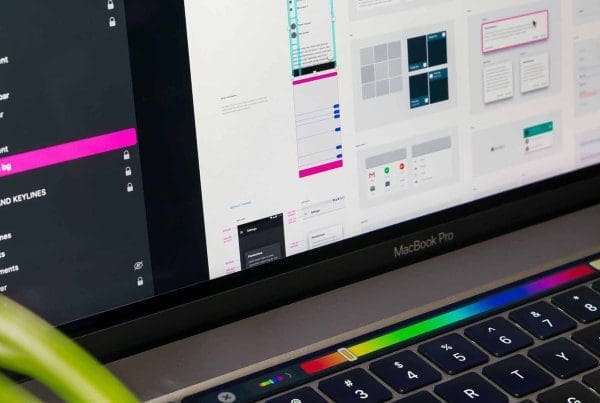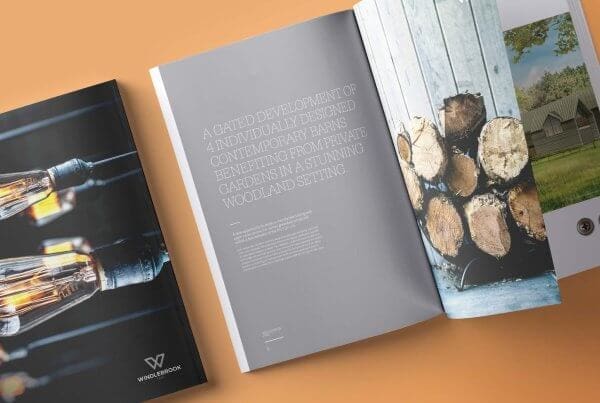In the digital age, where attention spans are increasingly short and competition for user engagement is fierce, the role of web design has evolved dramatically. Beyond aesthetics and functionality, there’s a growing emphasis on creating immersive experiences that captivate users. At the forefront of this evolution is interactive storytelling, a technique that is reshaping how brands connect with their audiences online. This article delves into the essence of interactive storytelling in web design and how it can be harnessed to elevate user engagement to new heights.
What is interactive storytelling in web design?
Interactive storytelling in web design uses various interactive elements like animations, videos, scroll-triggered effects, and more to narrate a brand’s story in an engaging and dynamic way. It’s not just about presenting information; it’s about creating a journey for the user that they actively participate in and influence. This approach transforms passive viewers into active participants, fostering a deeper connection with the content.
Why is interactive storytelling effective?
The effectiveness of interactive storytelling lies in its ability to evoke emotions and create memorable experiences. Humans are naturally drawn to stories, we’ve been sharing them since the dawn of civilisation. When a website can tell a story in a way that’s not only visually appealing but also interactive, it captivates the user’s attention in a way that static content simply cannot. This engagement is crucial in an online world cluttered with content vying for attention.
Crafting a narrative arc
Every story has a beginning, middle, and end, and this structure can be incorporated into web design. By mapping out a narrative arc for your website, you guide users through a carefully constructed journey. For instance, the beginning could introduce the brand and its ethos, the middle might showcase products or services, and the end could be a call to action or conclusion that leaves a lasting impression.
Immersive visuals and animations
Visuals are integral to immersive storytelling. Rich, immersive graphics and animations can bring a story to life in a way that words alone cannot. These elements should be decorative and play an active role in narrating the story. For example, animated characters or elements that respond to user interactions can create an engaging, game-like experience.
Utilising scroll-triggered effects
Scroll-triggered effects are a powerful tool in interactive storytelling. As users scroll through a website, different story elements can unfold, maintaining engagement and curiosity. This technique encourages users to continue interacting with the content, deepening their immersion in the narrative.
Integrating interactive elements
Interactivity is key. This can range from hover effects that reveal more information to interactive infographics that users can manipulate. These elements make the experience more engaging and help convey complex information in a simplified and entertaining way.
Personalisation and user-driven content
Allowing users to influence the story can dramatically increase engagement. Personalisation could mean letting users choose their own adventure on the site, or it could involve tailoring content based on user data to make the experience more relevant and engaging.
Sound design and multimedia
Sound design and multimedia elements can enhance the storytelling experience. Background music, sound effects, or narration can add an extra layer of immersion, making the user feel like they’re part of the story.
Responsive and accessible design
Ensuring that interactive storytelling elements are responsive and accessible across all devices is critical. The story should be seamless and consistent, whether it’s being viewed on a desktop, tablet, or smartphone.
Conclusion
Experience-orientated storytelling in web design is more than a trend; it’s a powerful approach to creating meaningful, memorable user experiences. It’s about telling a brand’s story in a way that resonates with the audience, keeping them engaged and invested. As web designers and storytellers, it’s our job to push the boundaries of digital narratives, creating experiences that inform, inspire, and captivate. Interactive storytelling is not just the future of web design; it’s the present, and it’s reshaping the digital landscape in exciting ways.
If you found this article interesting and would like to talk to us about a new project get in touch.



